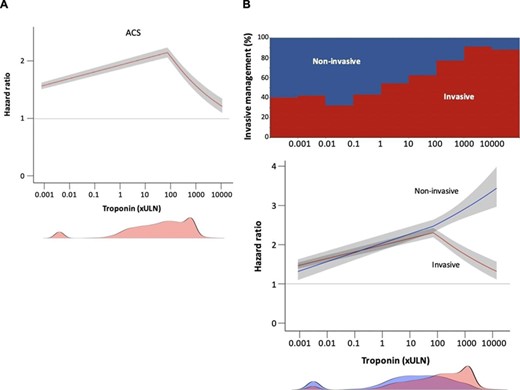-
PDF
- Split View
-
Views
-
Cite
Cite
A Kaura, J A C Sterne, A Trickey, A Mulla, B Glampson, J Davies, K Woods, V Panoulas, A D Shah, R S Patel, R Kharbanda, A M Shah, D Perera, K M Channon, J Mayet, NIHR Health Informatics Collaborative Cardiovascular Study Group , Developing informatics infrastructure to curate datasets using electronic health record data from five hospitals for translational cardiovascular research, European Heart Journal - Digital Health, Volume 3, Issue 4, December 2022, ztac076.2794, https://doi.org/10.1093/ehjdh/ztac076.2794
Close - Share Icon Share
Abstract
It has been challenging for researchers to access granular electronic health record (EHR) data at scale. One emerging prospect is to use big data to traverse the translational spectrum from an early discovery phase to a later implementation phase.
To create a research-ready dataset to support translational research in cardiovascular medicine, using routinely-collected EHR data from multiple hospitals. As an early discovery phase study, we estimated the effect of invasive versus non-invasive management on the survival of patients with non-ST elevation myocardial infarction (NSTEMI) aged 80 years or older (SENIOR-NSTEMI Study). As a later implementation phase study, we determined the relationship between the full spectrum of troponin level and mortality in patients in whom troponin testing was performed for clinical purposes (TROP-RISK Study).
Using Microsoft SQL we developed a dataset of 257948 consecutive patients who had a troponin measured between 2010 and 2017 at five hospitals. We extracted phenotypically detailed data, including demographics, blood tests, procedural data, and survival status.
For the SENIOR-NSTEMI Study, eligible patients were 80 years or older who were diagnosed with NSTEMI. We estimated mortality hazard ratios comparing invasive with non-invasive management. For the TROP-RISK Study, we modelled the relation between peak troponin level and all-cause mortality using multivariable adjusted restricted cubic spline Cox regression analyses.
For the SENIOR-NSTEMI Study, 1500 patients with NSTEMI were included who had a median age of 86 (interquartile range (IQR) 82–89) years of whom (845 [56%]) received non-invasive management. During a median follow-up of 3 (IQR 1.2–4.8) years, the adjusted cumulative five-year mortality was 36% in the invasive and 55% in the non-invasive group (hazard ratio 0.68, 95% confidence interval 0.55–0.84).
For the TROP-RISK Study, during a median follow-up of 1198 days (IQR 514–1866 days), 55850 (21.7%) deaths occurred. There was an unexpected inverted U-shaped relation between troponin level and mortality in acute coronary syndrome (ACS) patients (n=120049) (Figure 1A). The paradoxical decline in mortality at very high troponin levels may be driven in part by the changing case mix as troponin levels increase; a higher proportion of patients with very high troponin levels received invasive management (Figure 1B).
Routine EHR data can be aggregated across multiple sites to create highly granular datasets for research. The SENIOR-NSTEMI Study showed a survival advantage of invasive compared with non-invasive management of elderly patients with NSTEMI, who were underrepresented in previous trials. The inverted U-shaped relationship between troponin and mortality in ACS patients in the TROP-RISK Study demonstrates that assembling sufficiently large datasets can cast light on patterns of disease that are impossible to adequately define in single centre studies.
Type of funding sources: Public grant(s) – National budget only. Main funding source(s): 1) NIHR Imperial Biomedical Research Centre, as part of the NIHR Health Informatics Collaborative, and 2) British Heart Foundation

Figure 1. Restricted cubic spline plots
- acute coronary syndromes
- myocardial infarction
- troponin
- non-st elevated myocardial infarction
- blood tests
- aged adult, 80 and over
- budgets
- cardiovascular system
- casts, surgical
- demography
- follow-up
- heart
- mortality
- electronic medical records
- biomedical research
- older adult
- cox proportional hazards models
- translational research
- datasets
- informatics
- big data
- underrepresented groups



